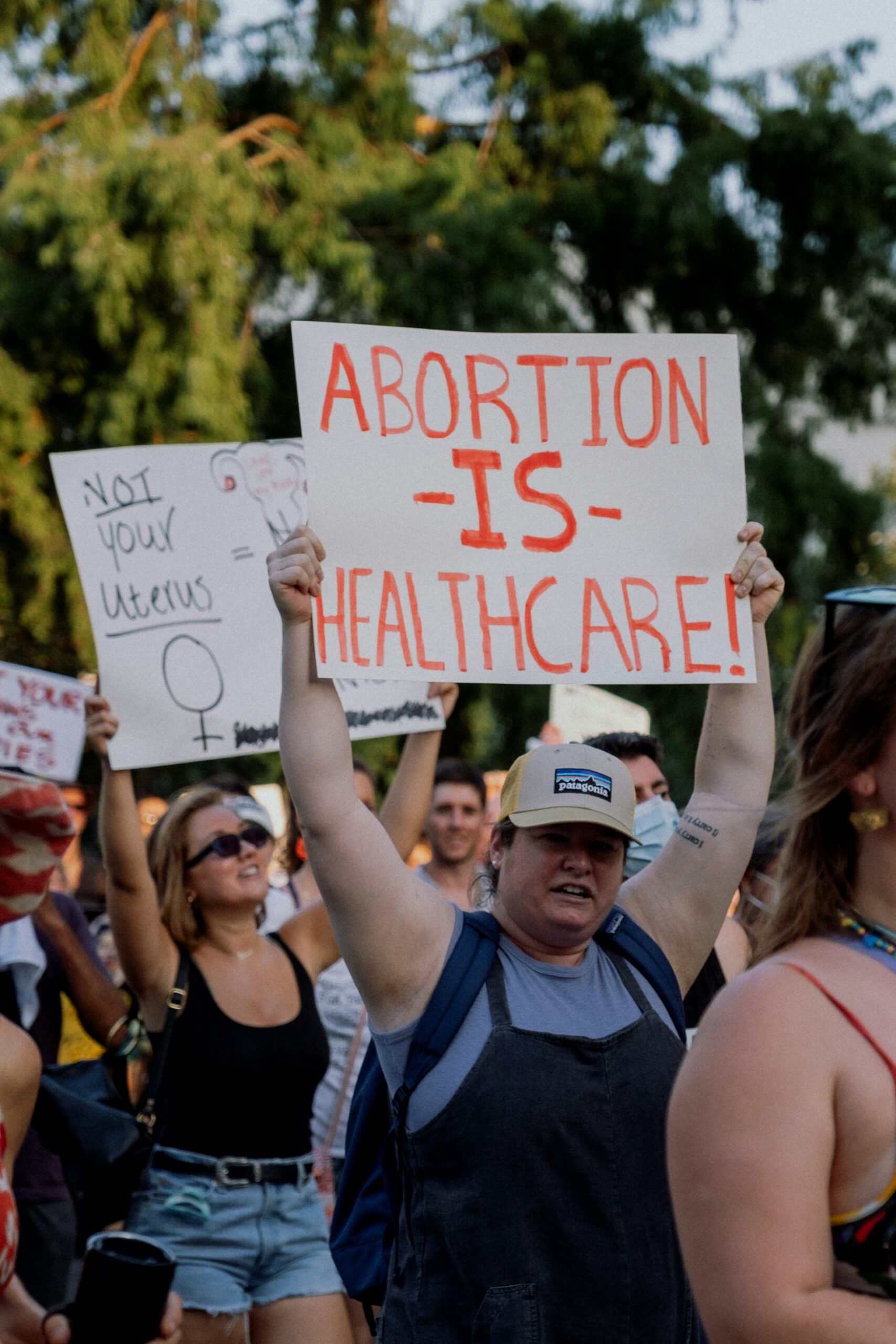Understanding the Purpose and Importance of Health Insurance: Protection, Access, and Peace of Mind

Photo by Marek Studzinski on Unsplash
Introduction
Health insurance is a vital tool for safeguarding both your financial stability and personal well-being. Its primary purpose is to protect individuals and families from the high costs associated with medical care, while also facilitating access to essential health services such as preventive care, routine checkups, and emergency treatments. In an increasingly unpredictable world, health insurance offers peace of mind, ensuring that you can focus on living a healthy, productive life without fear of overwhelming medical expenses.
The Core Purpose of Health Insurance
The fundamental role of health insurance is to protect you financially from unexpected and potentially catastrophic medical costs. Medical emergencies, serious illnesses, and accidents can result in bills that are beyond the means of most individuals. Health insurance pools the risks and resources of many people, so each member is shielded from financially disruptive medical events [1] . For example, treatments for cancer or chronic diseases can cost tens of thousands of dollars annually, and a single hospitalization for organ transplantation may run into hundreds of thousands [2] .
By spreading risk among a large group, health insurance ensures that high-cost claims from a small number of people do not financially devastate individuals or families. In the United States, ten percent of the population accounts for about 70 percent of health care expenditures, making risk-pooling essential for affordability and access [1] .
Why Health Insurance Is Important
Beyond financial protection, health insurance is important because it enables access to health care when you need it most. Coverage supports timely access to preventive services, routine care, and critical treatments, all of which contribute to better health outcomes and improved quality of life [4] .
Studies consistently show that individuals with health insurance are more likely to receive regular checkups, vaccinations, and screenings, leading to early detection and treatment of health conditions. These interventions not only improve survival rates but also reduce the overall burden of disease in communities [4] . For instance, expanding insurance coverage through programs like Medicaid has been linked to lower death rates, improved productivity, and enhanced well-being at both the individual and community levels.

Photo by Marek Studzinski on Unsplash
Essential Health Benefits Provided by Insurance
Modern health insurance policies cover a comprehensive range of essential health benefits , ensuring that you have access to medically necessary services when you need them. These typically include:
- Hospital care
- Primary care and specialist visits
- Outpatient procedures
- Laboratory tests and diagnostic imaging
- Pregnancy and newborn care
- Preventive and routine care (vaccinations, checkups)
- Mental health and substance abuse treatment
- Emergency and urgent care
- Rehabilitation therapies
- Home health or nursing care post-hospitalization
- Prescription drugs
- Oral and vision care for children
These benefits are typically mandated by law, such as through the Affordable Care Act, which requires that most policies include a minimum set of covered services [3] , [5] . Preventive care-including screenings, immunizations, and routine exams-is usually provided at no out-of-pocket cost, making it easier to maintain and monitor your health.
Real-World Examples and Case Studies
Consider the example of a family facing a sudden medical emergency, such as a car accident requiring surgery and hospitalization. Without insurance, the costs could quickly exceed $100,000, leading to long-term financial hardship or even bankruptcy. With health insurance, the family pays only their deductible and coinsurance, while the policy covers the bulk of expenses, preserving financial stability [2] .
Similarly, individuals who regularly use health insurance for routine doctor visits, prescription refills, and preventive screenings benefit from lower out-of-pocket costs and improved health outcomes. For chronic conditions such as diabetes or hypertension, insurance helps cover ongoing medication and monitoring, reducing complications and hospitalizations.
How Health Insurance Supports Community Well-Being
Health insurance also plays a key role in supporting the financial viability of health care providers and institutions. When patients are covered, hospitals and clinics receive timely payments, allowing them to invest in equipment, staff, and community health programs [1] . This stability ensures that everyone in a community has access to quality care, even in times of crisis.
At the broader societal level, higher rates of insurance coverage result in healthier populations, lower mortality rates, and increased productivity. Businesses benefit from a healthier workforce, reducing absenteeism and improving morale [4] .
How to Access Health Insurance Coverage
There are multiple pathways to obtaining health insurance:
- Employer-sponsored plans: Many employers offer health insurance benefits to full-time employees. To enroll, contact your human resources department during open enrollment or after a qualifying life event.
- Government programs: Medicaid and Medicare provide coverage for eligible individuals, including low-income families, seniors, and people with disabilities. To learn more or apply, visit the official Centers for Medicare & Medicaid Services (CMS) website or contact your state’s health department.
- Individual market: You can purchase insurance directly from providers or through the federal Health Insurance Marketplace at Healthcare.gov. The Marketplace offers tools to compare plans, check for subsidies, and enroll in coverage.
If you are unsure about your eligibility or need assistance, consider reaching out to a licensed insurance agent, navigator, or local consumer assistance program. You can also call the Department of Insurance Consumer Hotline at 1-800-927-4357 for support in California [3] .
Step-by-Step Guidance for Obtaining Coverage
- Assess your needs: Determine the coverage levels, types of services, and preferred providers based on your health history, family situation, and budget.
- Research available options: Compare plans through your employer, the federal Marketplace, or government programs. Use official websites such as Healthcare.gov for up-to-date information.
- Check eligibility: Review income requirements and other criteria for public programs like Medicaid or CHIP. Use online screening tools or contact local agencies for help.
- Apply during open enrollment: Most plans have specific enrollment periods. For special circumstances (e.g., job loss, marriage), you may qualify for a special enrollment period.
- Seek assistance: If you need help, contact a navigator, local consumer assistance program, or your state’s Department of Insurance.
Remember, coverage options and costs can differ by state, employer, and personal circumstances. Always use official sources and verify eligibility before applying.
Potential Challenges and Solutions
Some common challenges when obtaining or maintaining health insurance include:
- Understanding plan options: Insurance jargon can be confusing. Use official glossaries and consumer guides available from the Department of Insurance or Healthcare.gov.
- Affording premiums: If cost is a concern, check if you qualify for subsidies through the Marketplace or public programs. Many families receive significant financial assistance.
- Disputes over coverage: If your insurer denies a claim or service, appeal the decision. In California, you can request an independent medical review through the Department of Insurance [3] .
Always document communications and keep copies of your policy, claims, and correspondence with providers and insurers.
Alternative Approaches for Health Coverage
In addition to standard insurance, some people use direct primary care memberships, health sharing ministries, or supplemental policies. However, these alternatives may not offer comprehensive protection, especially for major or unexpected medical events. For most people, traditional health insurance remains the most reliable option for full coverage and financial protection.
Key Takeaways
Health insurance is essential for financial protection, access to quality care, and overall well-being. By understanding its purpose and importance, you can make informed decisions that safeguard your future and the health of your loved ones. Explore official resources, seek assistance if needed, and take proactive steps to secure coverage that meets your needs.
References
- [1] NCBI Bookshelf (2013). Why Health Insurance Matters – Coverage Matters.
- [2] JAMA Network (2019). The 6 Functions of Health Insurance.
- [3] California Department of Insurance (2024). Health Insurance Benefits.
- [4] American Hospital Association (2021). Report: The Importance of Health Coverage.
- [5] California Department of Insurance (2024). Health Insurance Guide.
MORE FROM promohunterpro.com













